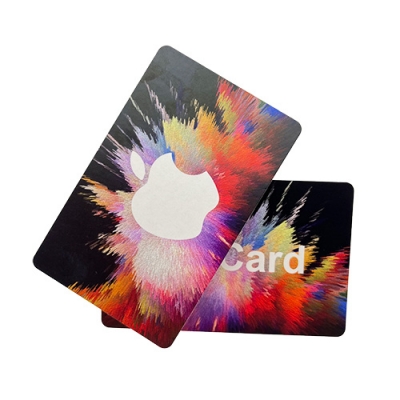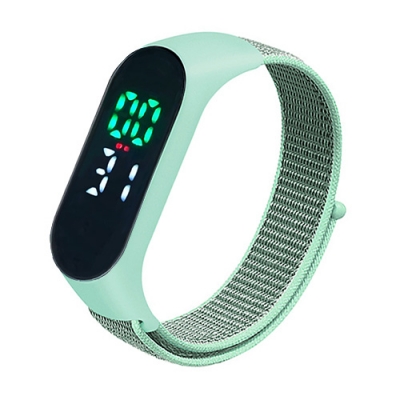Recently, Research And Markets, an international market research firm, published a report titled "RFID Market by Product (Tags, Readers, Software and Services), Tag Type (Passive, Active), Wafer Size, Frequency, Form Factor (Cards, Implants, Keychains, Labels, Paper Tags, Bands), Material, Application and Region - Global Forecast to 2030".
The report states that the radio frequency identification (RFID) technology market is expected to reach $35.6 billion by 2030, well above the $14.5 billion in 2022, growing at a compound annual growth rate (CAGR) of 11.9% during this period. The ultra-high frequency (UHF) market by frequency is expected to grow at the highest CAGR during the forecast period.
According to the study, the major strategies adopted by the key players in the RFID market from January 2018 to May 2022 are product launch and development. Other strategies adopted include partnerships, collaborations, acquisitions, and expansions. The report states that the demand for integration-based solutions is rising in the RFID market. Such solutions are designed to overcome some of the challenges associated with single technology-based RFID systems, as they enable end users to deploy RFID technology in blind spots while reducing infrastructure requirements by leveraging existing technologies, such as Wi-Fi or GPS.
RFID-based Internet of Things (IoT) solutions have gained momentum as multiple forces drive adoption, ResearchAndMarkets reports. According to the study, it found that the declining cost of RFID tags, widely accepted IP networks and new business opportunities have contributed to the growing demand for such solutions. These technologies can track physical assets to improve business processes and cost efficiencies across a wide range of industries and government organizations.
The study segments the RFID market by product, tag and region, with the tags broken down into wafer size, tag type, frequency, application, form factor and material. The study shows that the 8-inch or 200 mm wafer size has the highest market share, and this wafer yield is also the highest. The top three players in the market - Alien Technology, Impinj and NXP Semiconductors are using 8-inch wafers for chip production. The report shows that many companies have been reluctant to move to 12-inch wafers, because it will generate a large investment in equipment.
In the coming years, the market for other wafer sizes is expected to grow in tandem, with a corresponding drop in price, mainly for 12-inch wafers. The study suggests that this will bridge the gap between 8-inch and 12-inch wafers and help the industry make a smooth transition to the 12-inch size. in late 2016, NXP began providing 12-inch wafers for remote RFID chips, in addition to 8-inch wafers, which, according to the report, increase supply capacity, improve assembly quality and efficiency, while reducing manufacturing waste and power requirements. And Avery Dennison is the first company to provide inserts for NXP's 12-inch products.














